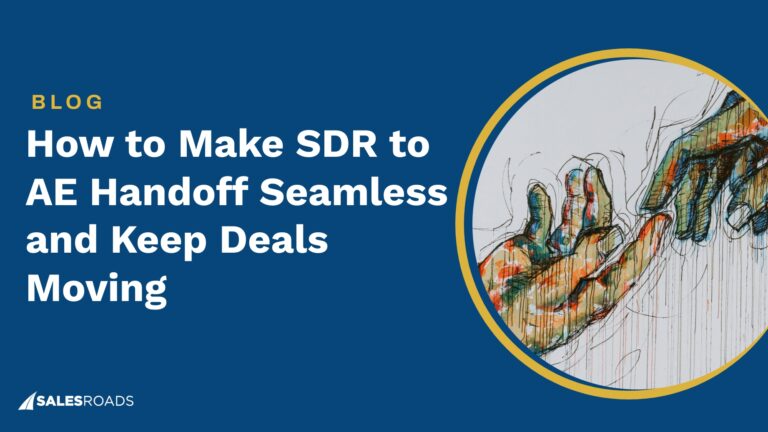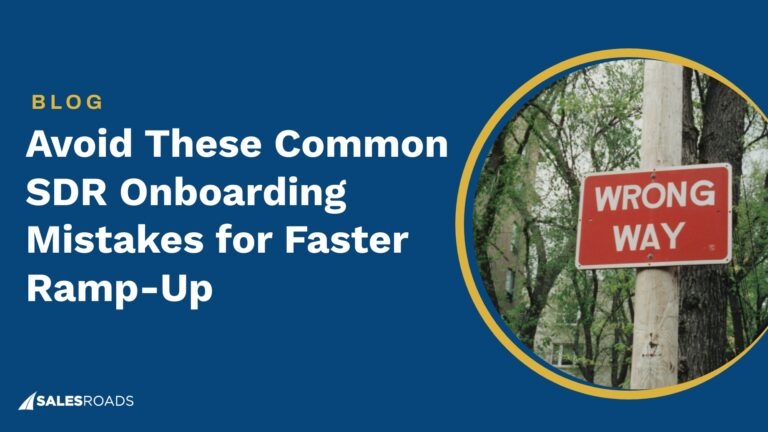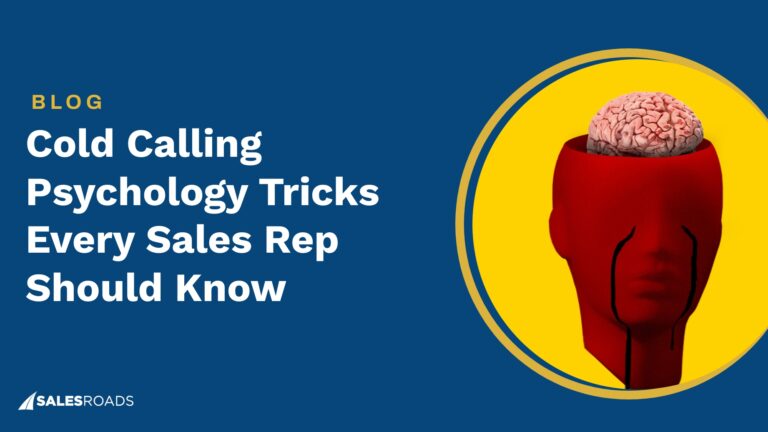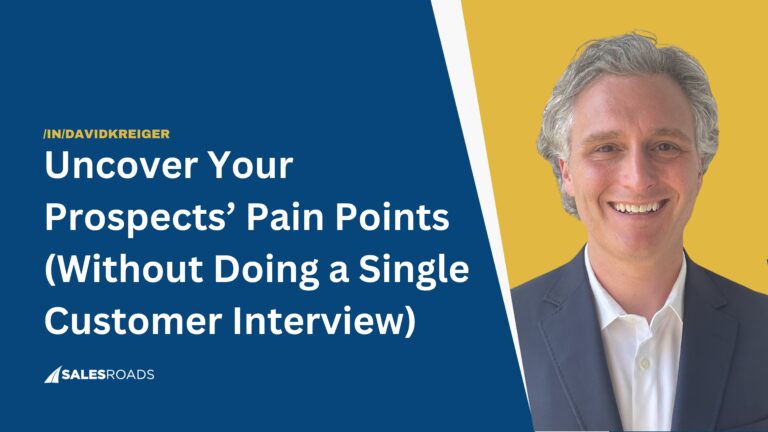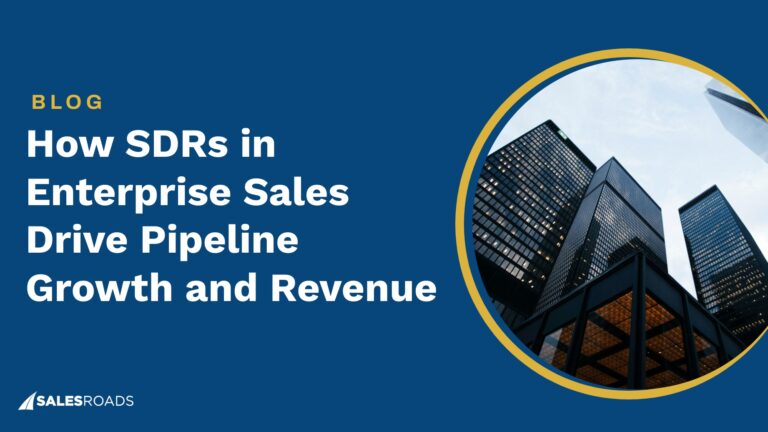Your pipeline dries up fast without an SDR team consistently generating leads. You can use automation and lead-sourcing technology to streamline your operation, but you still need SDRs to conduct outreach.
You end up with two options: Hiring in-house SDRs or outsourcing them.
Why Businesses Consider Outsourcing SDRs?
While some companies possess the expertise and resources to build an in-house sales team, many have limited capabilities so they prefer SDR outsourcing. According to a study by Zippia, two-thirds of U.S. companies outsource their sales reps.
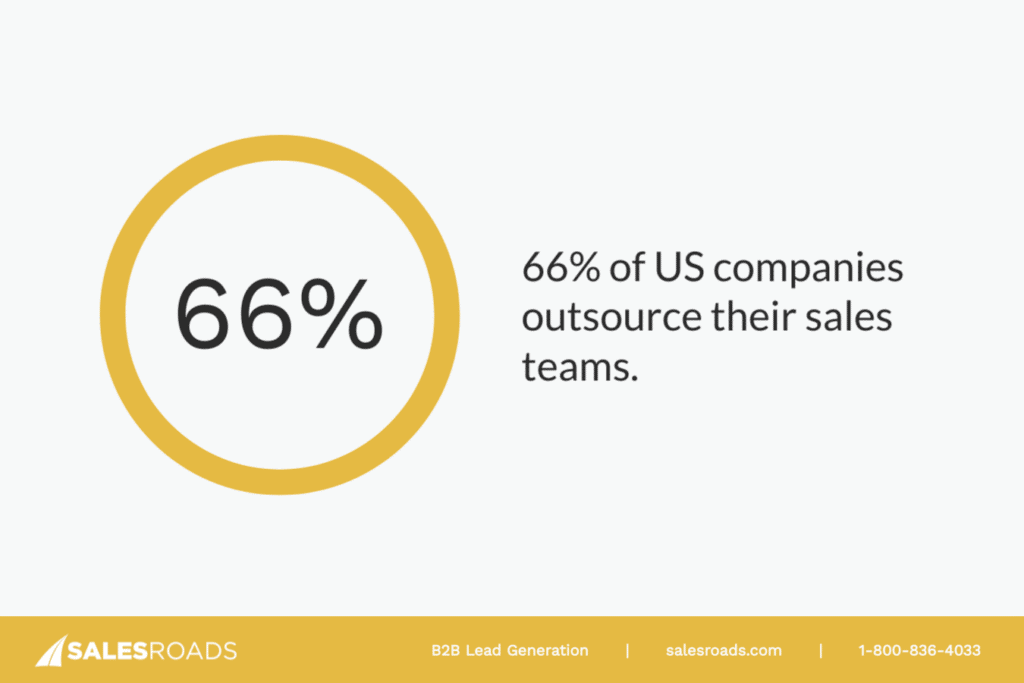
It’s a strategic response to the intricate challenges of lead generation and the tangible benefits outsourcing offers for growth and improvement. Let’s delve deeper into the dynamics driving this choice and how businesses are effectively navigating these waters:
Overwhelmed Account Executives (AEs)
AEs find themselves in a tight spot when they’re tasked with both prospecting and closing deals. This dual role often leads to reduced efficiency, as they’re stretched too thin.
The constant flip-flop, compounded by a lack of balance between work and personal life, often results in higher turnover rates, disrupting business operations and incurring costs in recruitment and training.
The time and attention they can devote to each task dwindle, leading to a noticeable dip in the quality of their work. This also impacts strategic thinking and planning, crucial for business growth.
Outsourcing SDRs can be a game-changer here. It takes the pressure off AEs, allowing them to zero in on closing deals. The result? Enhanced productivity, richer customer interactions, a healthier work environment, and a more robust sales pipeline.
Amanda Cyr, Government Director and Team Lead at AchieveIt, can attest to the improvement in sales performance after they partner with SalesRoads.
Lacking in-house SDR expertise: A daunting challenge
Creating and maintaining an effective in-house SDR team is an uphill battle. It’s not just about the initial investment in recruitment and training; it’s about ongoing coaching, performance evaluation, and necessary adjustments. Lacking the expertise for these tasks often leads to subpar performance and missed opportunities.
Having limited knowledge of effective lead generation strategies and the technical infrastructure to support them can significantly handicap a business. As AI becomes increasingly integral to sales, staying ahead of the curve is crucial. Companies lacking in-house expertise in these areas find themselves lagging, with less effective outreach, lower conversion rates, and slower sales cycles.
High turnover rates in your SDR team can wreak havoc on your pipeline and lead to disjointed efforts. Constantly having to recruit and train new members disrupts continuity and diverts resources from lead generation, leading to inconsistent customer interactions and a negative impact on the sales pipeline.
Partnering with a specialized vendor can bridge these gaps. They offer not just training but managerial support, nurturing an efficient SDR team. They bring the necessary technological stack and expertise to the table, helping mitigate high turnover and its impact on sales programs.
Navigating budget constraints
The costs associated with building and maintaining an in-house SDR team are often underestimated.
The initial costs of setting up an in-house team are substantial. From establishing a workspace (physical or virtual) to investing in hardware and software, recruiting the right talent, and providing comprehensive training – all these steps demand significant financial resources. For businesses operating with budget constraints, these costs present a significant hurdle.
It also takes a considerable amount of time for an in-house SDR team to start delivering results. Companies often have to wait for SDRs to ramp up, familiarize themselves with products, and build a robust pipeline before seeing revenue returns. This extended payback period can lead to cash flow challenges, especially for businesses operating on tight budgets.
Inexperienced companies in lead generation are prone to costly errors, from targeting the wrong prospects to mishandling potential clients. Ineffective prospecting strategies, inadequate follow-ups, and poorly executed sales pitches can miss opportunities and tarnish the company’s reputation. These mistakes have long-term financial implications, further highlighting the value of experienced, outsourced teams.
Outsourcing bypasses these pitfalls, providing immediate access to a team with established methodologies and expertise. This approach yields a faster ROI as the outsourced reps leverage their experience and established processes from day one.
The complexities of entering new markets
Each market has its own set of economic, social, and regulatory nuances. Transplanting a one-size-fits-all strategy from one market to another rarely works. Businesses need to understand these unique dynamics to plan successful expansions, often leading them to consider outsourcing as a practical solution.
Lacking in-depth knowledge of a new market can stall your growth and escalate costs. It’s about understanding local consumer behaviors, market trends, and competitive landscapes. Add language and cultural barriers to the mix, and the complexity multiplies.
Moreover, breaking into a market with entrenched players is no small feat. These competitors have the advantage of brand recognition, established distribution networks, and deep market insights. Expanding stretches your resources, potentially weakening your performance in established markets.
Outsourcing presents a solution by offering instant access to expertise and established sales infrastructures. It provides cost efficiency and time savings, while significantly reducing risks. You gain the flexibility to scale operations based on market response.
How to Find a Reliable Outsourcing Partner?
The most crucial factor to avoid risks when outsourcing SDRs is to work with a reliable third-party sales provider. The market is flooded with various vendors, each offering a different mix of services, methodologies, pricing structures, and promises of guaranteed results.
When you’re on the hunt for a suitable partner, here are some crucial aspects to consider:
Assembling a comprehensive outsourced team
Relying solely on outsourced SDRs isn’t a silver bullet for success. When scouting for vendors, assess the complete team framework, considering management and operational roles, beyond just the SDRs.
This includes a dedicated client manager who not only tracks progress but also turns your visions into actionable strategies; a committed talent developer who continually elevates your outsourced reps through advanced sales training; and a data operations team ensuring flawless lead generation and CRM integration.
A comprehensive outsourced team supported by a robust infrastructure eliminates any misalignment in the handoff process, program strategy, lead quality, or communication flow.
Realistic ROI expectations
Be cautious of vendors that promise a specific number of appointments. Reputable partners will offer a range of expected outcomes, tailored to factors unique to your business, such as market size, target prospects, appointment criteria, and the strength of your value proposition.
If you need to find out what ROI you can expect from SalesRoads, here’s our calculator.
Data quality and management
The effectiveness of an appointment setting campaign hinges on the quality of data. Be wary of vendors that:
- Rely on your SDRs to compile prospect lists. This can divert valuable time away from engaging potential clients and delay ROI. While SDRs should be adept at pre-call research, their primary value lies in prospecting.
- Use only the data you provide. Vendors that depend entirely on your data may later blame poor results on the quality of the list you supplied.
Choose a partner that provides a robust mix of internal and external data to ensure your reps can start delivering results from day one, without data-related accountability issues.
Industry-specific experience and decision-maker acumen
No single appointment setting service excels in every industry. A good way to gauge a vendor’s expertise is to ask about the industries or verticals they don’t cater to. If they’re unable to provide a clear answer, it might indicate a lack of specialization in their approach.
For instance, if you’re reaching out to decision-makers in the SLED and FED industries, your outsourcing partner must have in-depth knowledge and expertise in government public appointment setting.
Continuous training and coaching for SDRs
First impressions are pivotal in a cold call, and even the most skilled SDRs need more than a quick overview of your product to represent your brand effectively, so it’s essential to understand how a potential partner trains and coaches their SDRs.
Insufficient training and lack of ongoing coaching can negatively impact your brand’s reputation. Remember, the company you choose will become an extension of your organization and brand.
When deciding among several sales providers, prepare a table to compare and contrast these points to find the best option for your business, and always look for proof.
You can watch David Kreiger’s webinar on “Tips on Choosing a Reliable B2B Outsourcing Partner” to learn how to make an informed decision:
What is the Cost of SDR Outsourcing?
When it comes to the pay-per-appointment pricing model, the cost can vary greatly. For basic appointment setting, it might start at a few hundred dollars per appointment. However, if the challenge of securing an appointment is greater, this price can soar into the thousands.
(One thing to consider when choosing a partner with this pricing model is they can focus on the number of appts they put on the table rather than the quality, which will eventually destroy your pipeline.)
Retainer-based services generally start at around $10,000 per month and can climb to $20,000. This range typically depends on the number of SDRs on your program.
Opting for a cheaper solution may seem like a smart move initially, but it could turn out to be quite costly if it doesn’t lead to an increase in sales. Always keep in mind that the cheapest option isn’t necessarily the best in the long run, especially when your sales outcomes and overall growth are at stake.
Bottom Line
The strength of your sales force lies not just in numbers, but in expertise and strategy. Partnering with a vendor is a decision that can redefine your business trajectory. With outsourced SDRs, you’re not filling gaps; you’re building bridges – bridges that connect your business to its potential and your prospects to solutions that resonate.




